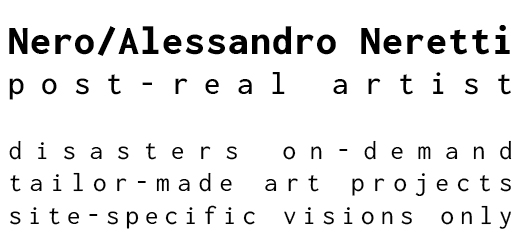INNER CITY/good life
Palazzo la Marmora
Biella/ITALY
2019
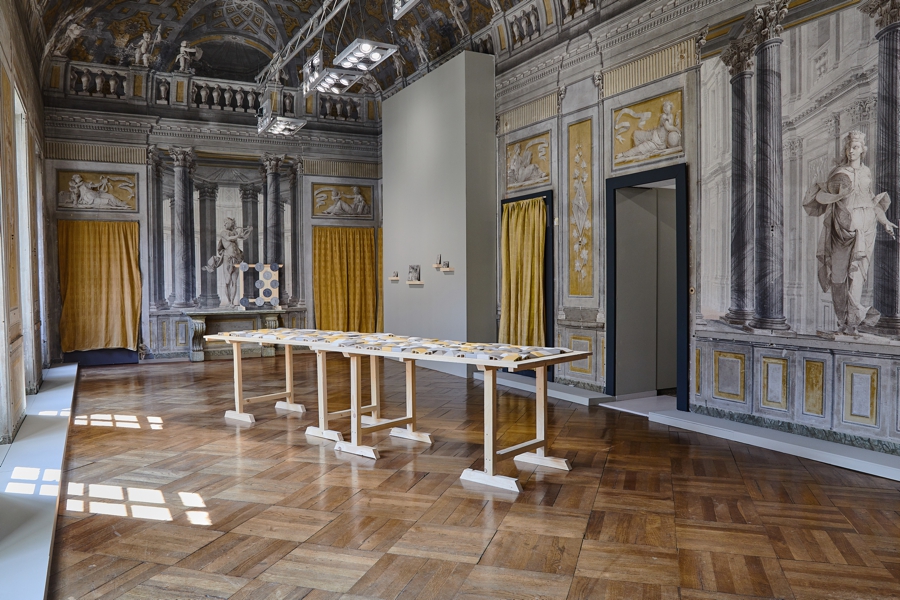
inner city/landscape, 2019 | grés, fir wood | 90 x 400 x 100 cm
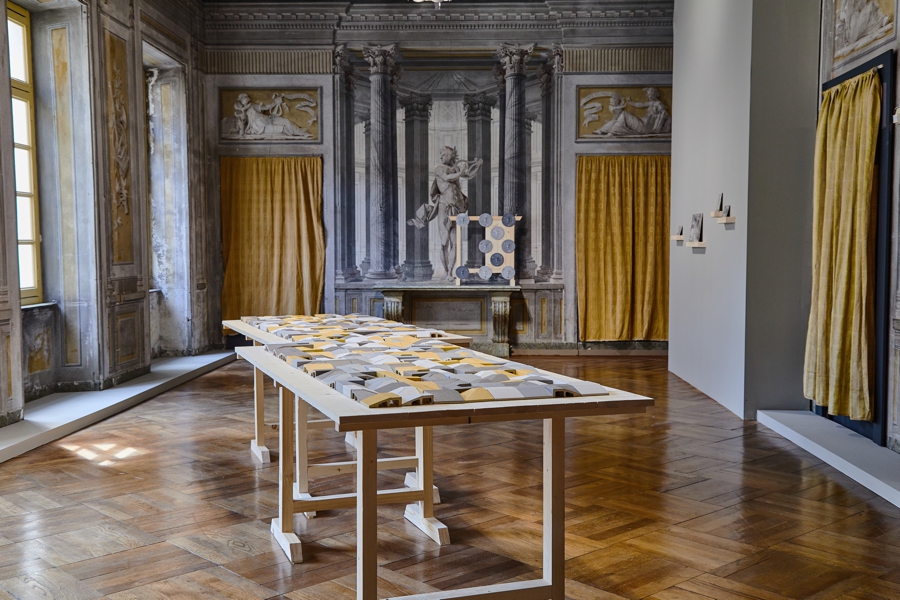
inner city/landscape, 2019 | grés, fir wood | 90 x 400 x 100 cm
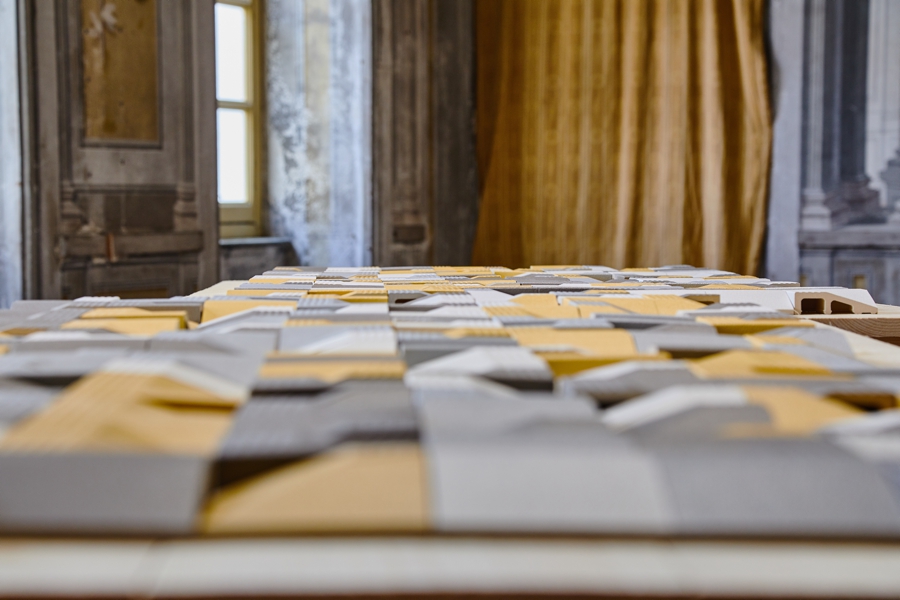
detail from: inner city/landscape, 2019 | grés, fir wood | 90 x 400 x 100 cm
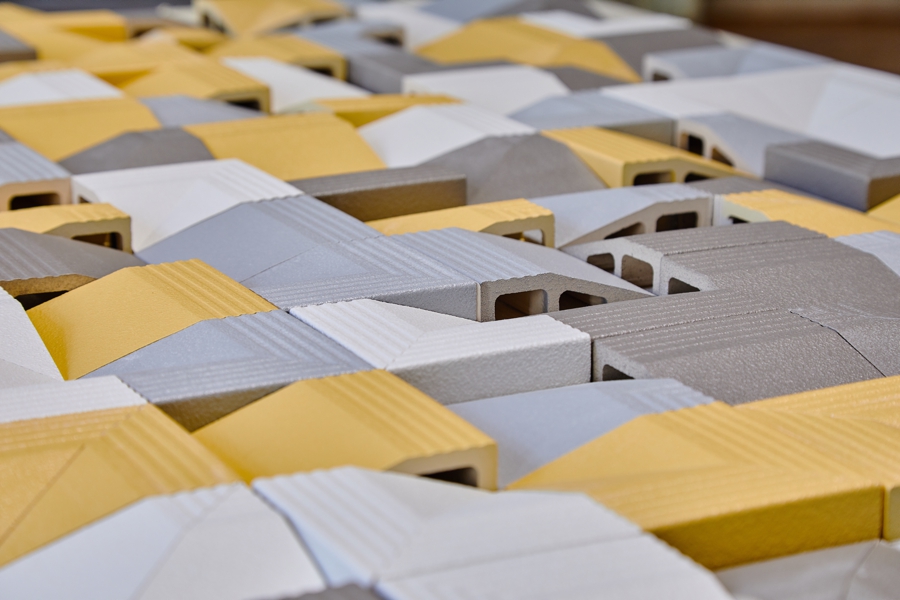
detail from: inner city/landscape, 2019 | grés, fir wood | 90 x 400 x 100 cm
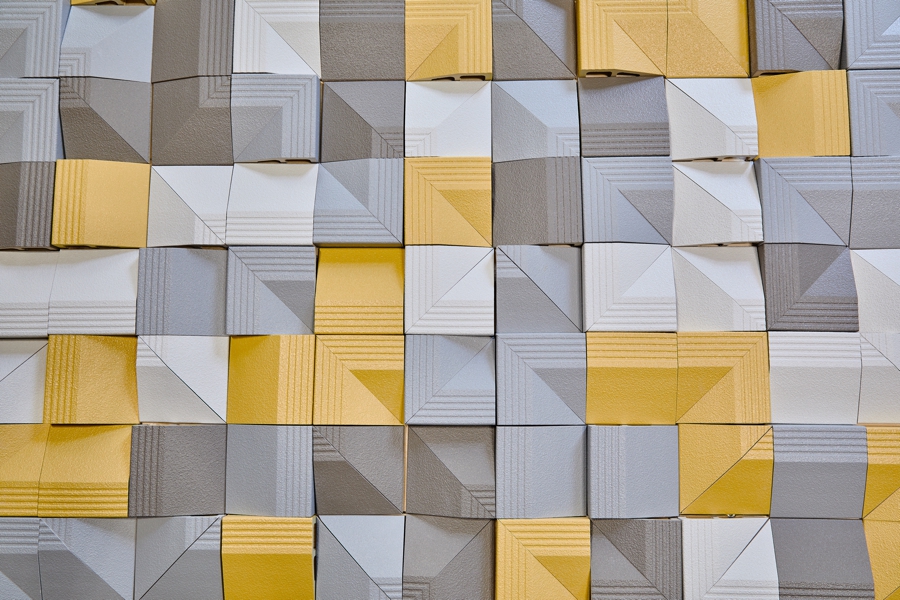
detail from: inner city/landscape, 2019 | grés, fir wood | 90 x 400 x 100 cm
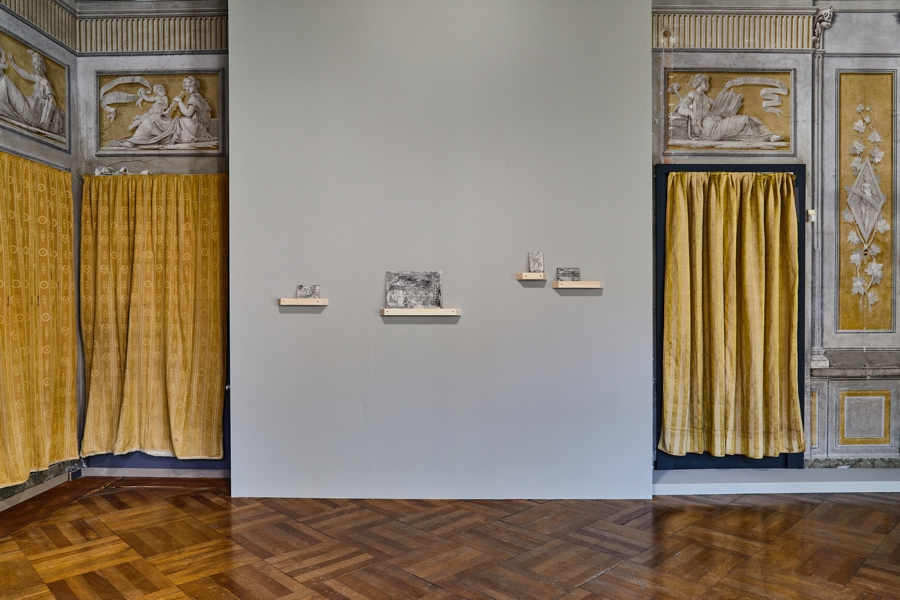
exhibition view
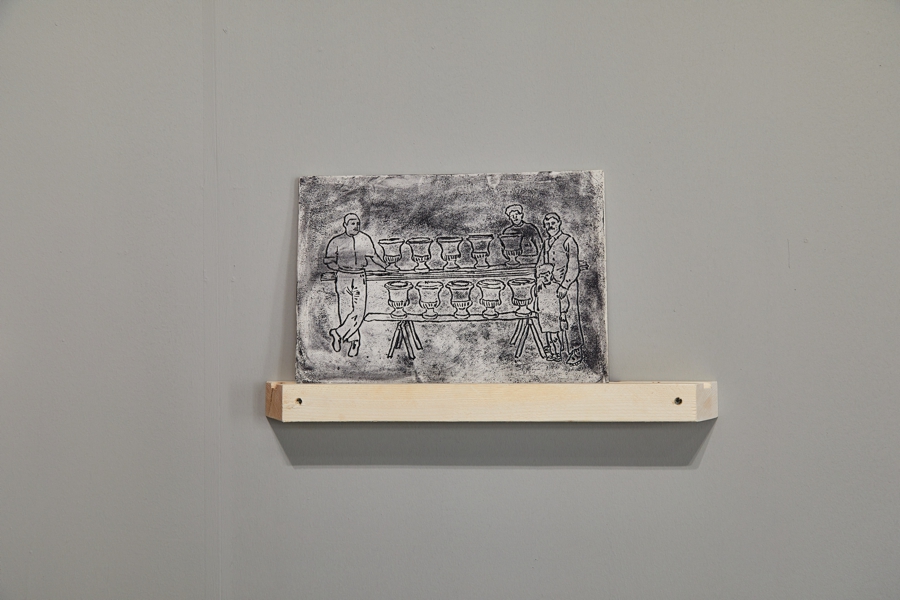
inner city/ida penna with ten vases, 2019 | fireclay, fir wood | 32,5 x 59,5 x 6,5 cm
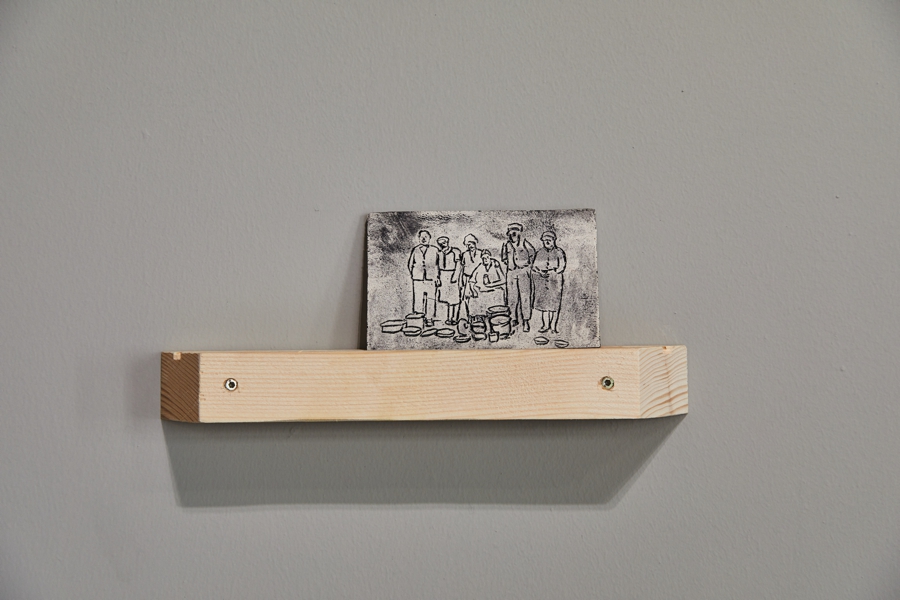
inner city/a potter’s family, 2019 | fireclay, fir wood | 14 x 37 x 6,5 cm
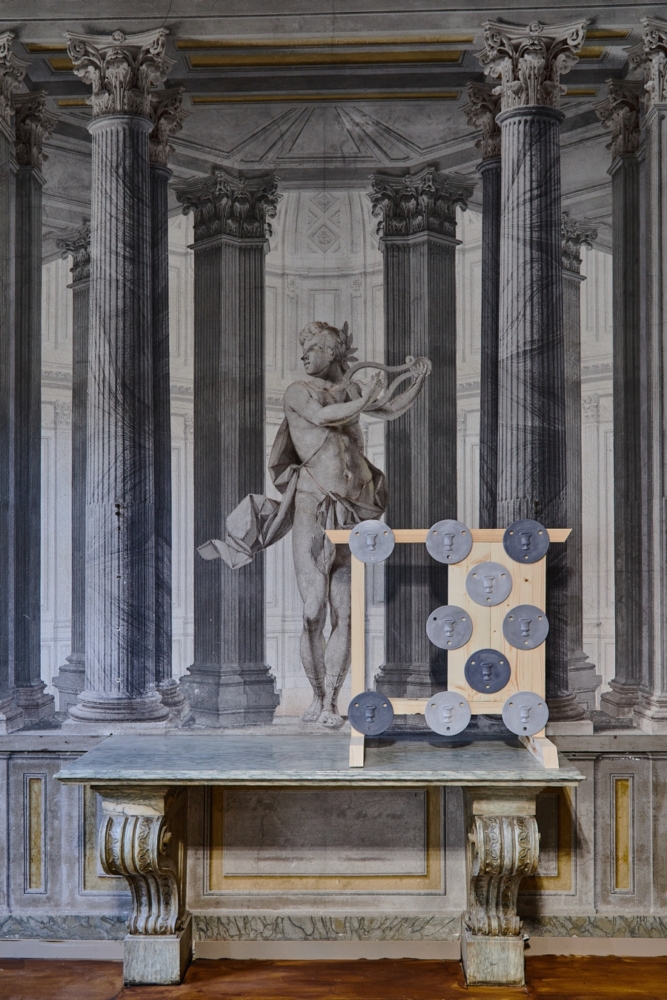
inner city/grisaille obstacle, 2019 | fireclay, fir wood | 88 x 90 x 49 cm
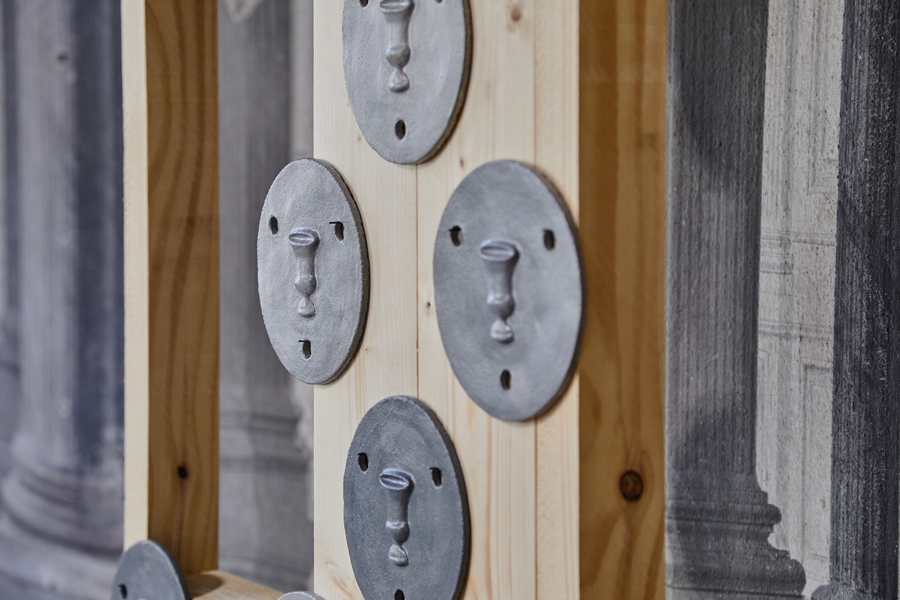
inner city/grisaille obstacle, 2019 | fireclay, fir wood | 88 x 90 x 49 cm
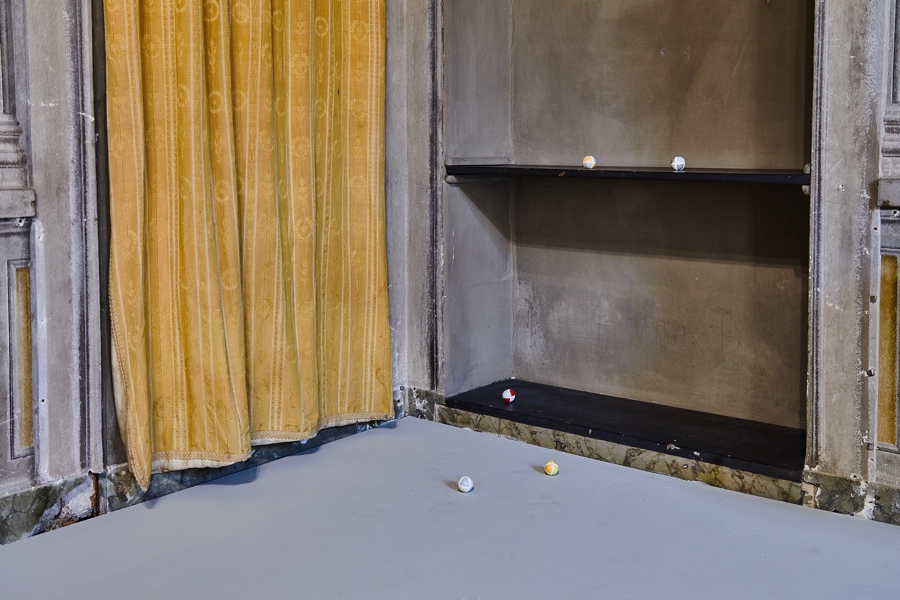
inner city/lost citizens, 2019 | grés, plaster | five elements, each one ø 4- 4.5 cm
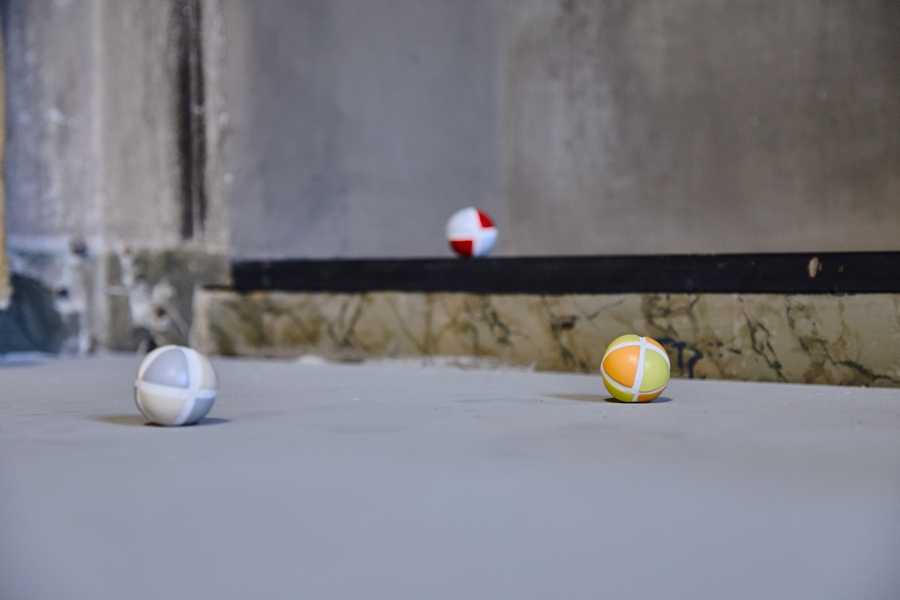
inner city/lost citizens, 2019 | grés, plaster | five elements, each one ø 4- 4.5 cm
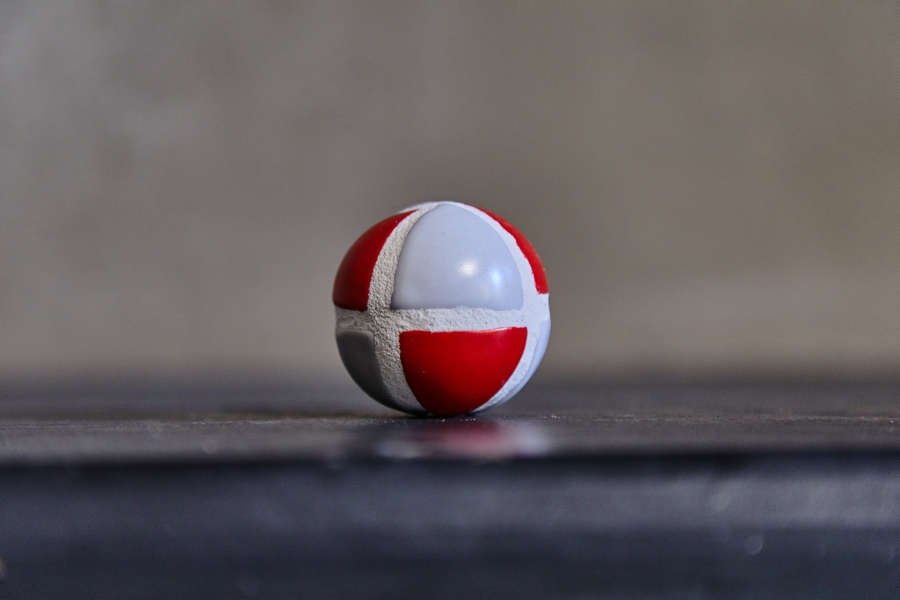
inner city/lost citizens, 2019 | grés, plaster | five elements, each one ø 4- 4.5 cm
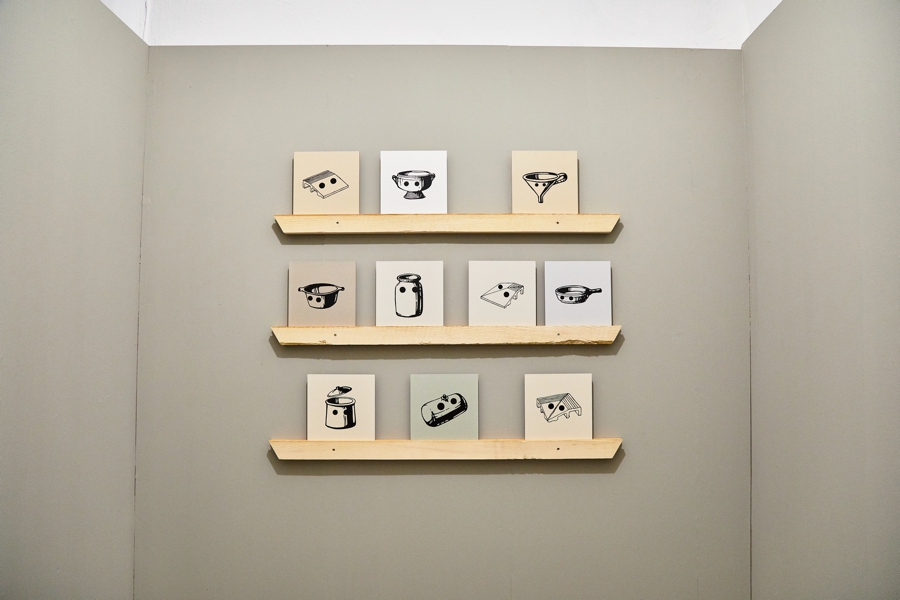
inner city/people watching: board, 2019 | inner city/people watching: tureen, 2019 | inner city/people watching: funnel, 2019
inner city/people watching: soup plate, 2019 | inner city/people watching: jar, 2019 | inner city/people watching: angle, 2019 | inner city/people watching: small pan, 2019
inner city/people watching: can, 2019 | inner city/people watching: water bag, 2019 | inner city/people watching: corner, 2019
Graph by Ceramica Vogue, third fire color | each one 25 x 25 x 1 cm
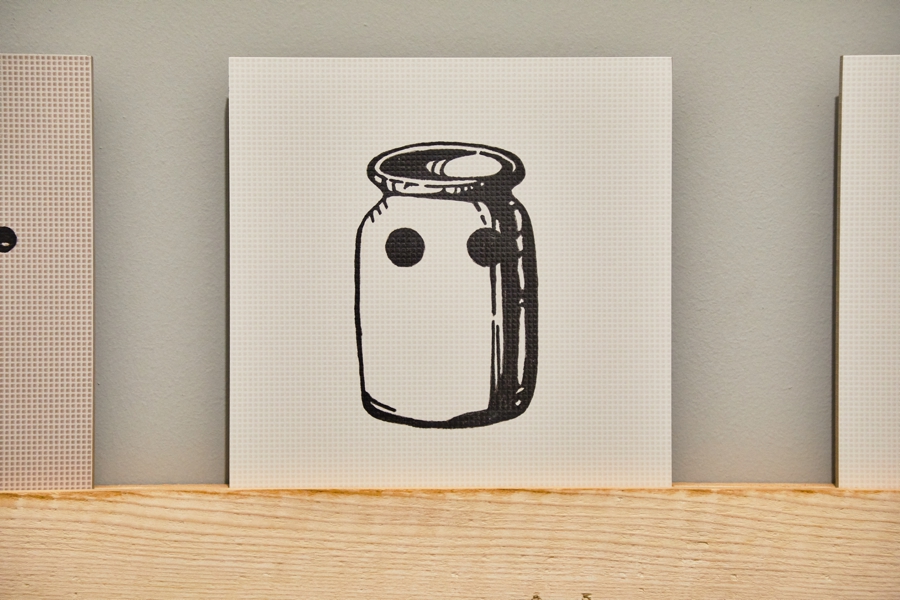
inner city/people watching: jar, 2019 | Graph by Ceramica Vogue, third fire color | each one 25 x 25 x 1 cm
Ten considerations on INNER CITY/good life
Nero/Alessandro Neretti
I
Inner city:
– Ghetto, poor neighborhoods, slums (wordreference.com).
– The central part of a city inhabited by a poor population, characterized by few jobs, very bad housing (dictionary.cambridge.org) and usually an area with different social problematicness.
II
The artist has elaborated a site-specific project, developed – as usual – through different phases: an inspection; a subsequent analysis of the exhibition spaces and of the socio-cultural and economic context; an empathic sharing with the subjects who were met; the following realization of a series of works currently on display.
III
The artist focused his attention on terracotta, in a period of time ranging from the traditional production for common use (Ecomuseo della Terracotta of Ronco Biellese) to the contemporary and industrial one of Ceramica Vogue, partner of production, in this case.
IV
The large central installation, which develops on a rough fir structure, it combines the shades of the eighteenth-century frescoes by the Galliari brothers from Andorno Micca and curtains, it displays the inner city landscape imagined by the artist. A rich facet of buildings and tunnels that are well suited to loss and alienation.
V
The engravings on the great hall’s wall, made from semi-refractory earth, are inspired in part by the memories present at the Ecomuseo della Terracotta (like the young Ida Penna that is immortalized together with ten vases arranged in two rows of easels) and in part by the engravings and the frescoes in the salon.
VI
The obstacle to the complete vision of the fresco in grisaille, positioned on the marble top, is nothing more than a current memory: it’s a testimony of the never happened interview with Ida Penna (made impossible by the woman’s physical condition). The interview and the meeting with Ida were a direct way for the artist to access the local craftsmanship’s memory and terracotta processing. The impossibility of having a complete vision of the story witnessed by Ida is reflected in the intervention of the artist who partially blocks the fresco with ten vases in shades of gray.
VII
The small irregular spheres, each composed of eight segments of porcelain stoneware, represent once again the loss of the citizen within the territory, the “container”, each with its own irregularities, experiences, desires, fears …
VIII
The graphic process present in the cabinet shows on a single wall a series of objects from Biella’s artisan tradition that the artist has metabolized and exposed to the very personal and usual modus of inclusion/privation of the occipital holes, thus transforming objects into silent observers, paraphrasing the social media theme. On the wall, there are some intruders, who, however, are protagonists of another work present in the exhibition.
IX
Thus, within the project, we have a series of visions whose job is to activate new reasoning on the territory, the landscape, the citizens, the industry, the historical places and the private and Biella’s collective memory.
X
Inner City was the name of a US duo founded in 1987 in Detroit by DJ Kevin Saunderson and singer Paris Gray. The group is best known for the successes Good Life and Big Fun, included in their debut album Paradise and characterized by a crossover between techno-house and pop music. (Source wikipedia.org). During the conception of the project, the artist was strongly influenced by the text of the song that brings in a persuasive and unconventional way a message that almost has the unconscious task of emphasizing the search for the “good life”. Paris Gray‘s constant smile and Kevin Saunderson‘s figure who, in the video, chases a concept that remains intangible, in addition to the text of the song, are strongly in line with the current contemporary, local and global condition.
